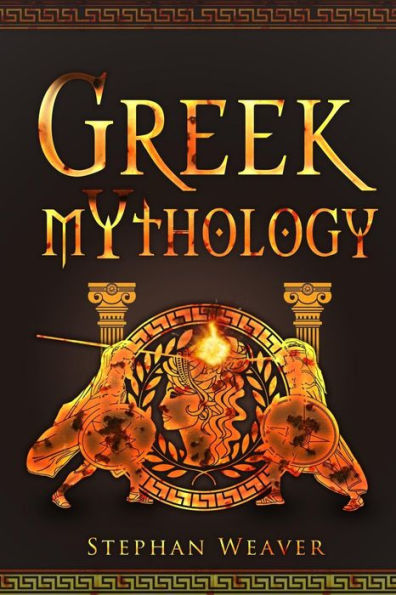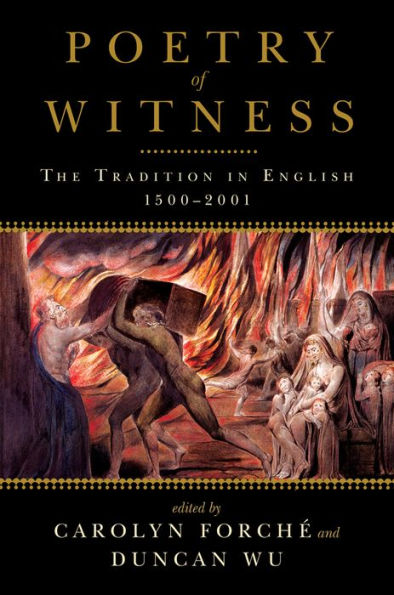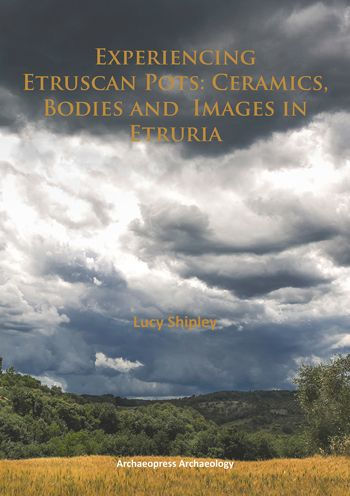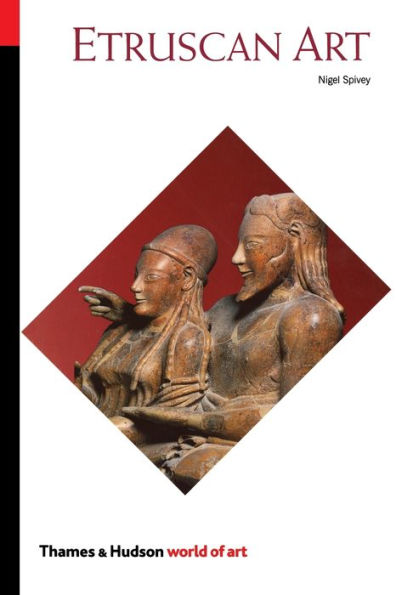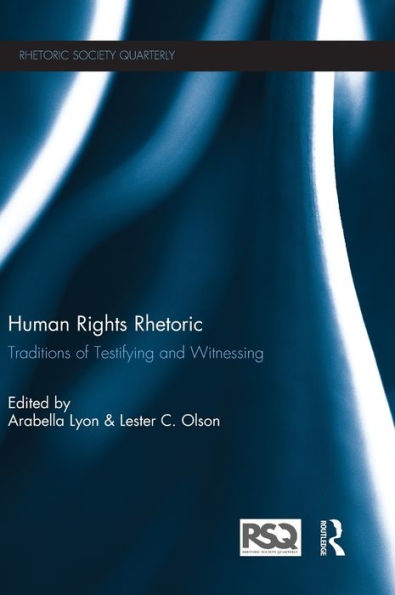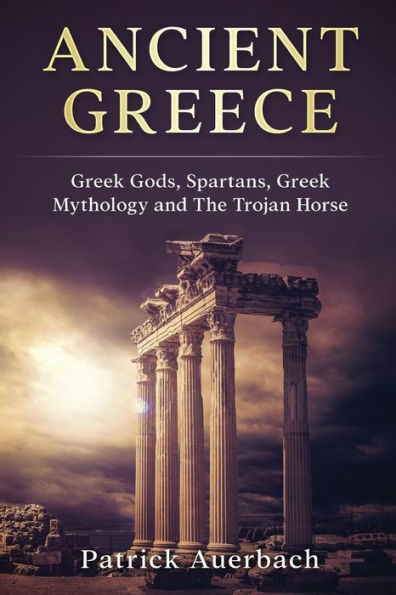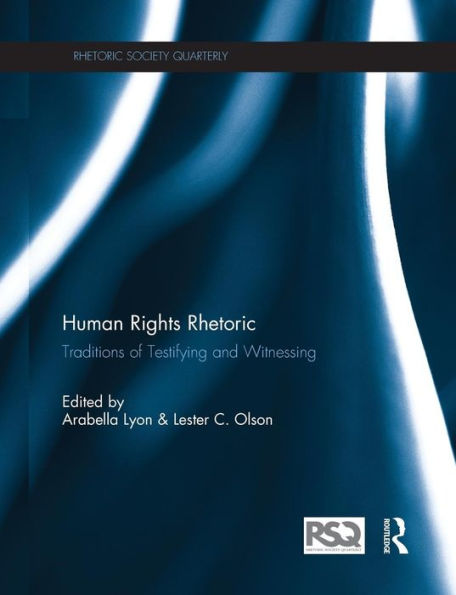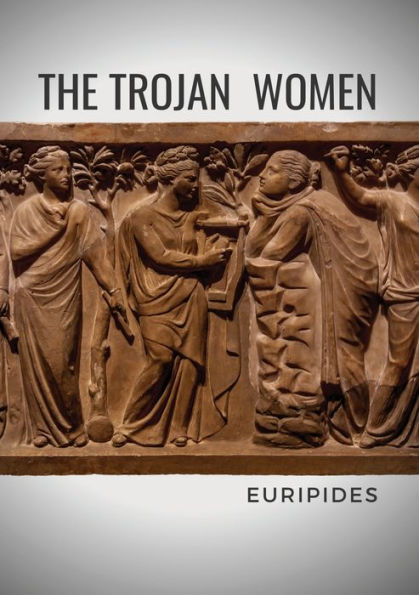Home
As Witnessed by Images: The Trojan War Tradition in Greek and Etruscan Art
Barnes and Noble
Loading Inventory...
As Witnessed by Images: The Trojan War Tradition in Greek and Etruscan Art in Bloomington, MN
Current price: $57.00


As Witnessed by Images: The Trojan War Tradition in Greek and Etruscan Art in Bloomington, MN
Current price: $57.00
Loading Inventory...
Size: OS
What informed and inspired the visual artists who depicted the Trojan War on vases, on walls, and in sculpture? Scholars have debated this question for years. Were Greek painters simply depicting the stories of Achilles and Odysseus as recounted in Homer’s epics? Or did they work independently, following their own traditions without regard to the
Iliad
, the
Odyssey
, and other poetry of their time?
Steven Lowenstam offers here an alternative theoretical framework, arguing that Greek artists and poets interacted with each other freely, always aware of what the others were producing. As Trojan War myth was the common inheritance of all Greek storytellers, verbal and visual depictions of heroic myth were not created in isolation but were interdependent responses to a centuries-old tradition.
As Witnessed by Images
investigates visual depictions of Achillean and Odyssean myth from ca. 650-300 BCE and traces the many messages that the stories of Achilles and Odysseus inspired. Lowenstam identifies a variety of images and interpretations—some regarded Achilles as a hero, others believed him to be a cruel bully—that reflect and directly respond to the ancient heroic tradition from which the
and
evolved.
Iliad
, the
Odyssey
, and other poetry of their time?
Steven Lowenstam offers here an alternative theoretical framework, arguing that Greek artists and poets interacted with each other freely, always aware of what the others were producing. As Trojan War myth was the common inheritance of all Greek storytellers, verbal and visual depictions of heroic myth were not created in isolation but were interdependent responses to a centuries-old tradition.
As Witnessed by Images
investigates visual depictions of Achillean and Odyssean myth from ca. 650-300 BCE and traces the many messages that the stories of Achilles and Odysseus inspired. Lowenstam identifies a variety of images and interpretations—some regarded Achilles as a hero, others believed him to be a cruel bully—that reflect and directly respond to the ancient heroic tradition from which the
and
evolved.
What informed and inspired the visual artists who depicted the Trojan War on vases, on walls, and in sculpture? Scholars have debated this question for years. Were Greek painters simply depicting the stories of Achilles and Odysseus as recounted in Homer’s epics? Or did they work independently, following their own traditions without regard to the
Iliad
, the
Odyssey
, and other poetry of their time?
Steven Lowenstam offers here an alternative theoretical framework, arguing that Greek artists and poets interacted with each other freely, always aware of what the others were producing. As Trojan War myth was the common inheritance of all Greek storytellers, verbal and visual depictions of heroic myth were not created in isolation but were interdependent responses to a centuries-old tradition.
As Witnessed by Images
investigates visual depictions of Achillean and Odyssean myth from ca. 650-300 BCE and traces the many messages that the stories of Achilles and Odysseus inspired. Lowenstam identifies a variety of images and interpretations—some regarded Achilles as a hero, others believed him to be a cruel bully—that reflect and directly respond to the ancient heroic tradition from which the
and
evolved.
Iliad
, the
Odyssey
, and other poetry of their time?
Steven Lowenstam offers here an alternative theoretical framework, arguing that Greek artists and poets interacted with each other freely, always aware of what the others were producing. As Trojan War myth was the common inheritance of all Greek storytellers, verbal and visual depictions of heroic myth were not created in isolation but were interdependent responses to a centuries-old tradition.
As Witnessed by Images
investigates visual depictions of Achillean and Odyssean myth from ca. 650-300 BCE and traces the many messages that the stories of Achilles and Odysseus inspired. Lowenstam identifies a variety of images and interpretations—some regarded Achilles as a hero, others believed him to be a cruel bully—that reflect and directly respond to the ancient heroic tradition from which the
and
evolved.
